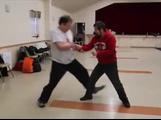DaQingShan is a place I have fond memories of. Previously, I had visited in May 2016 and Apr 2018, and each time I returned home with a bountiful harvest. Firstly, the training intensity is on another level compared to our local training in Singapore. We train four times a day starting from 6am in the morning and ending at 9.30pm in the evening, with meals and rest in between. Secondly, the environment is extremely conducive for training; the weather is cool and dry, and the air is fresh and fragrant from all the natural flowers and vegetation. Thirdly, there are many like-minded students with various different backgrounds passionate about learning and sharing the Practical Method system. Lastly, food and lodging are provided at a very affordable rate. To me, these are the ideal conditions for training and improving one’s skill.
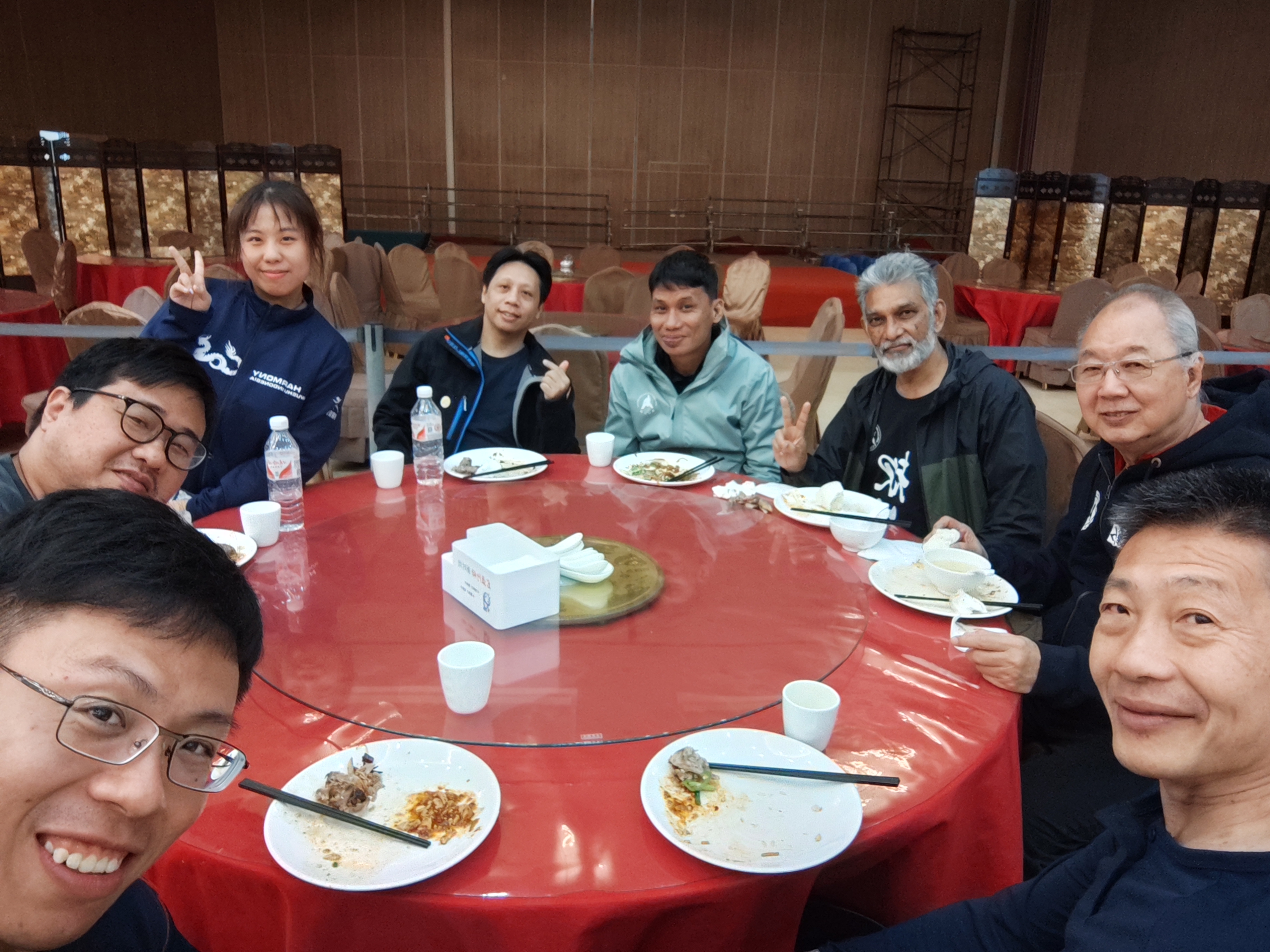
Ever since COVID-19, it became near impossible for International students to travel to DaQingShan. But finally in 2024, DaQingShan is once again reopened for the International students. I took the opportunity to travel here from 3rd to 12th May 2024, along with two other Singaporean students who also wanted to experience the life here. During this period, a workshop was held from 1st to 7th May, followed by the 2024 China Wulian 8th Fucai Cup Daqingshan Taijiquan Invitational Competition from 9th to 11th May. The competition comprises of various events: moving step push hands, fixed step push hands on wooden piles, group and individual performance. Of course, I registered for every single one of them other than the group performance event.
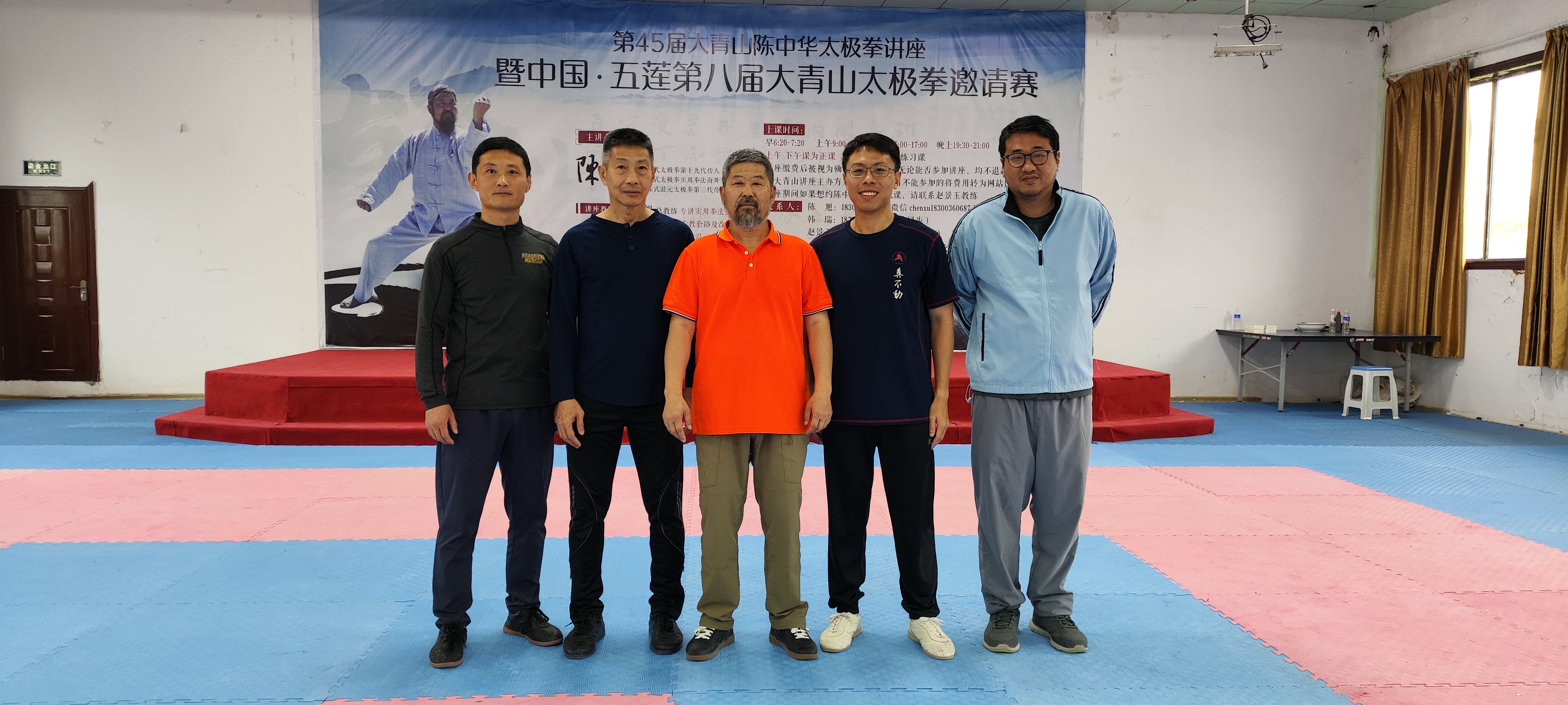
The mood on the day before the competition was incredibly tense and exhilarating. Starting from the afternoon, competitors around China began streaming in one by one, greeting one another like old friends. When it came to the time of measuring our body weights, these competitors stripped down to their underwear, and that’s when I really noticed how lean and muscular they were. I could tell each of them had put in a lot of time and effort into their training, and they even kept their weight as high as possible within the weight category they are fighting in.
My objective for joining the push hands competition was simple: to pressure test myself against other competitors to see how I would fare, so I could identify the areas to improve on. The competition uses a double elimination bracket system, which meant participants need to lose twice before they are eliminated. This was great news to me, as I believed I would be able to acquire more experience from this competition regardless of winning or losing. Unfortunately, during my first match, I accidentally pulled my left shoulder and right thigh muscles, and was unable to compete in the subsequent push hands matches… Nevertheless, I’ve gained plenty through that one round.
Set Your Own Tempo
During my match, my opponent came in strong and fast, and my body reacted to it subconsciously. I tried several times to regain back my control, but kept reverting back soon after due to the intensity of my opponent. And as expected, once I played into his game, I was not able to beat him in terms of his physical abilities. Setting my own tempo is something that I haven’t quite comprehend yet, but I believe I’ll have to accumulate even more push hands experience to truly appreciate.
During the match, I was still unable to execute my moves properly. When I watched the video recordings of my match, I noticed that my body was disconnected and I was trying to rotate with the top half of my body. Furthermore, the stability in my lower body was still lacking. After seeking some advice from my senior brothers and sisters, I realised I was not focusing on the right areas when doing some of the basic foundations, which telltale signs are shown during the match. This is something that I’m currently working on every day since returning back to Singapore.
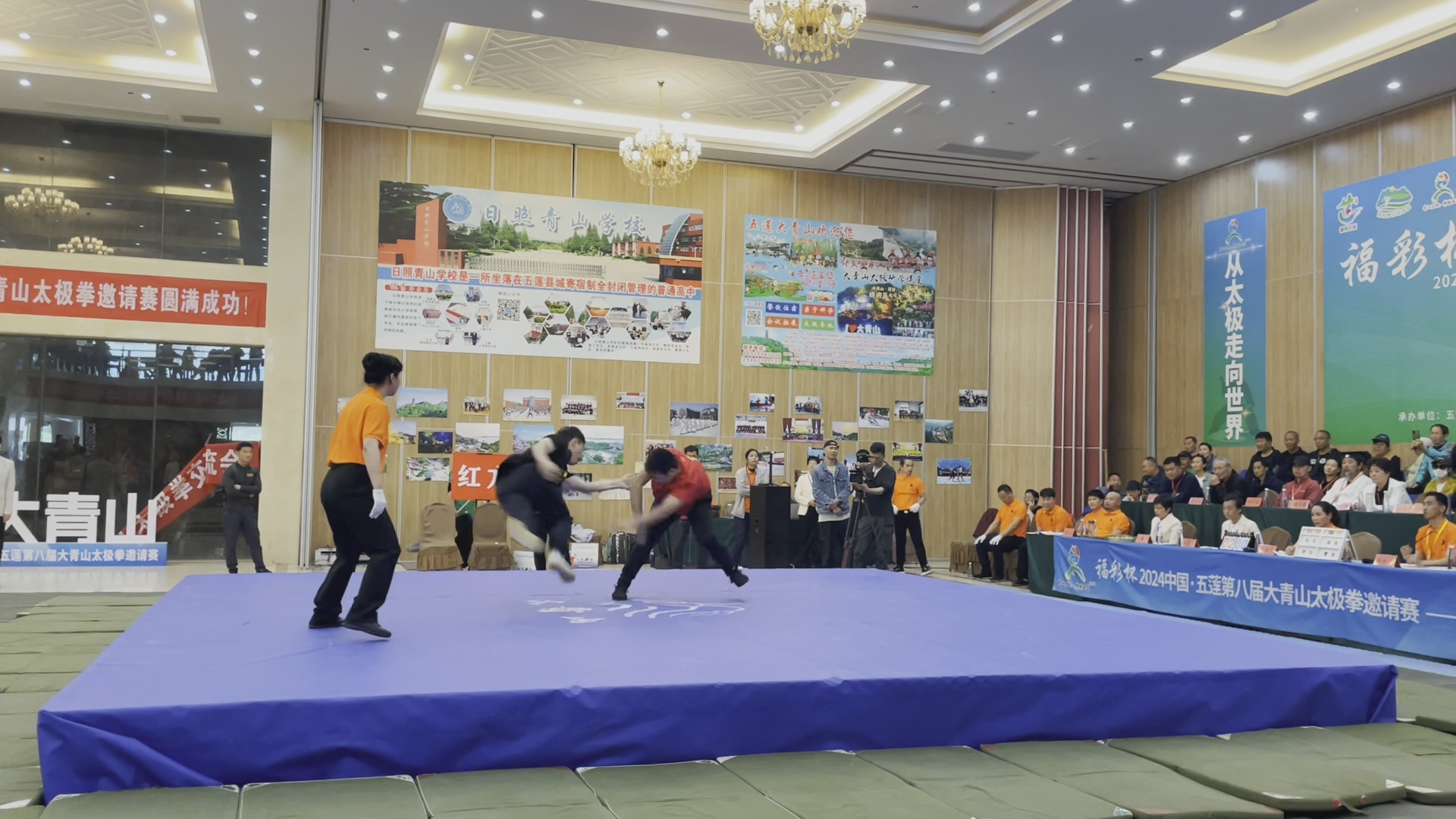
The Opponent is a Tree
Outside of the competition, one of the biggest takeaway I got from shifu Chen Zhonghua during the workshop is to imagine myself as a monkey and my opponent as a tree. A monkey does not try to push or pull the tree, but rather swing around its branches and manoeuvre around it. It does not seek to break, but to utilise the branches to its advantage. This mindset is fascinating to me, and I’m looking forward to incorporate it into my future push hands training as well.

Overall, the three of us from Singapore really enjoyed the trip, and would have loved to stay longer had it not been for work commitments. We trained a lot, ate a lot, and made many new friends along the way. We look forward to the next time we meet again!



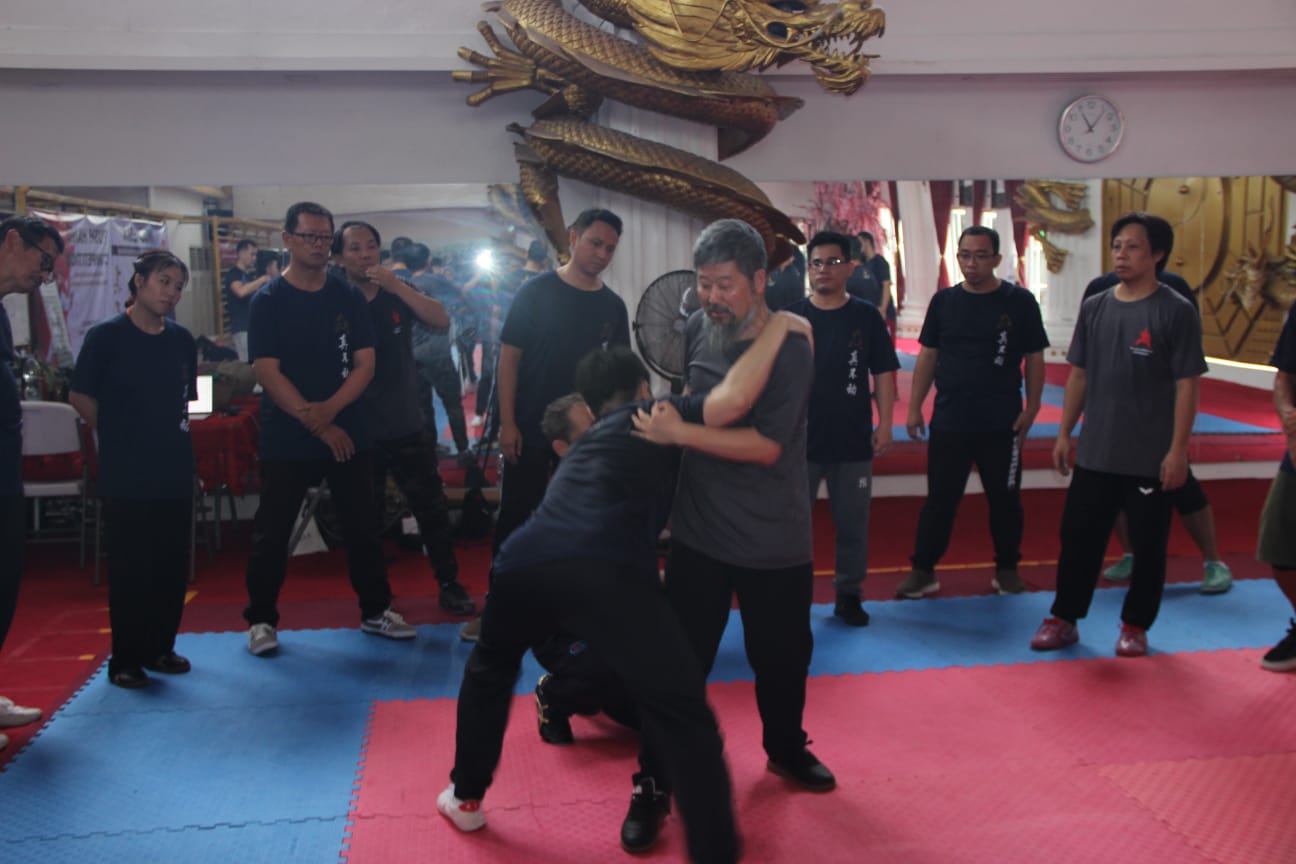
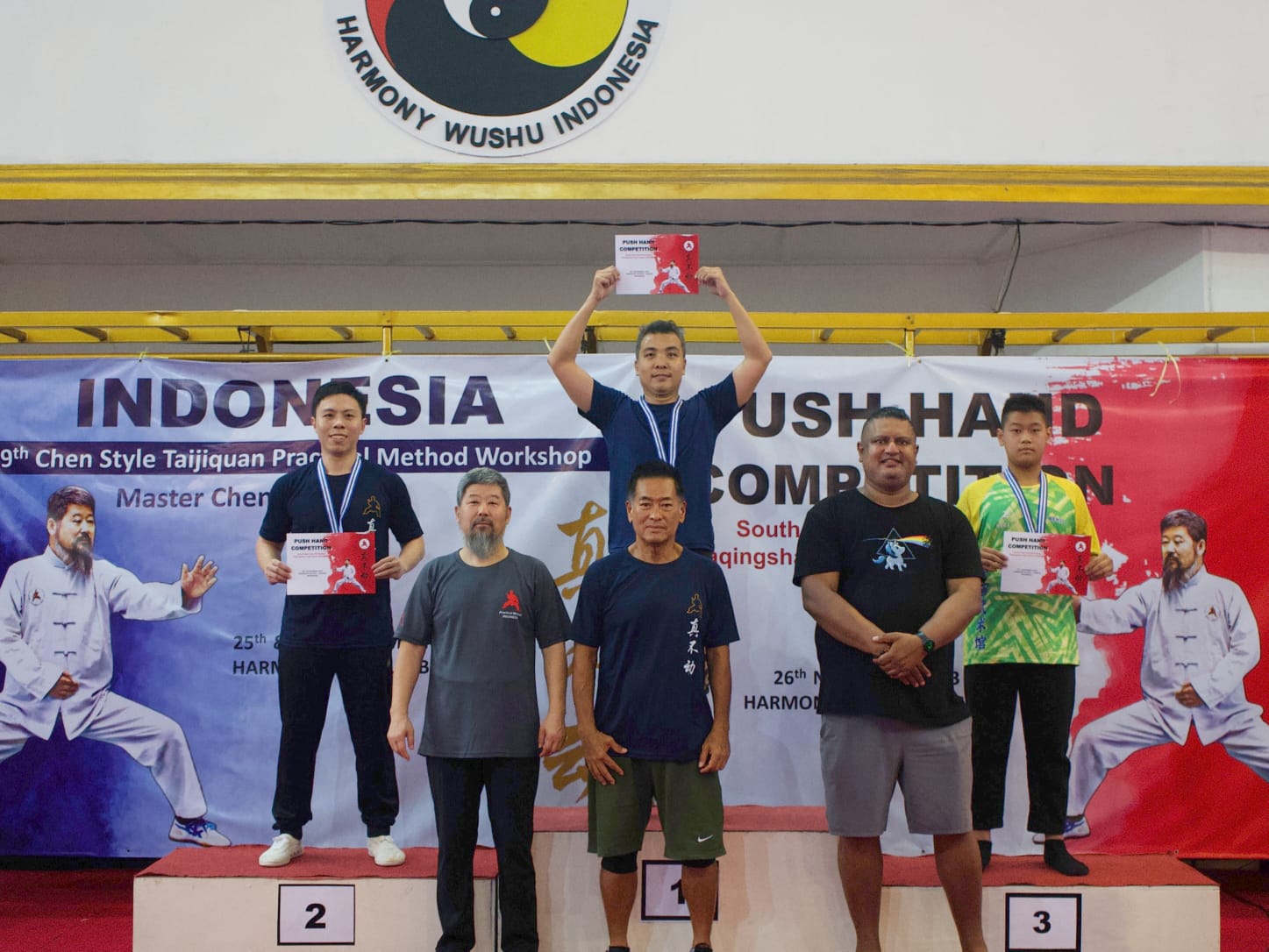
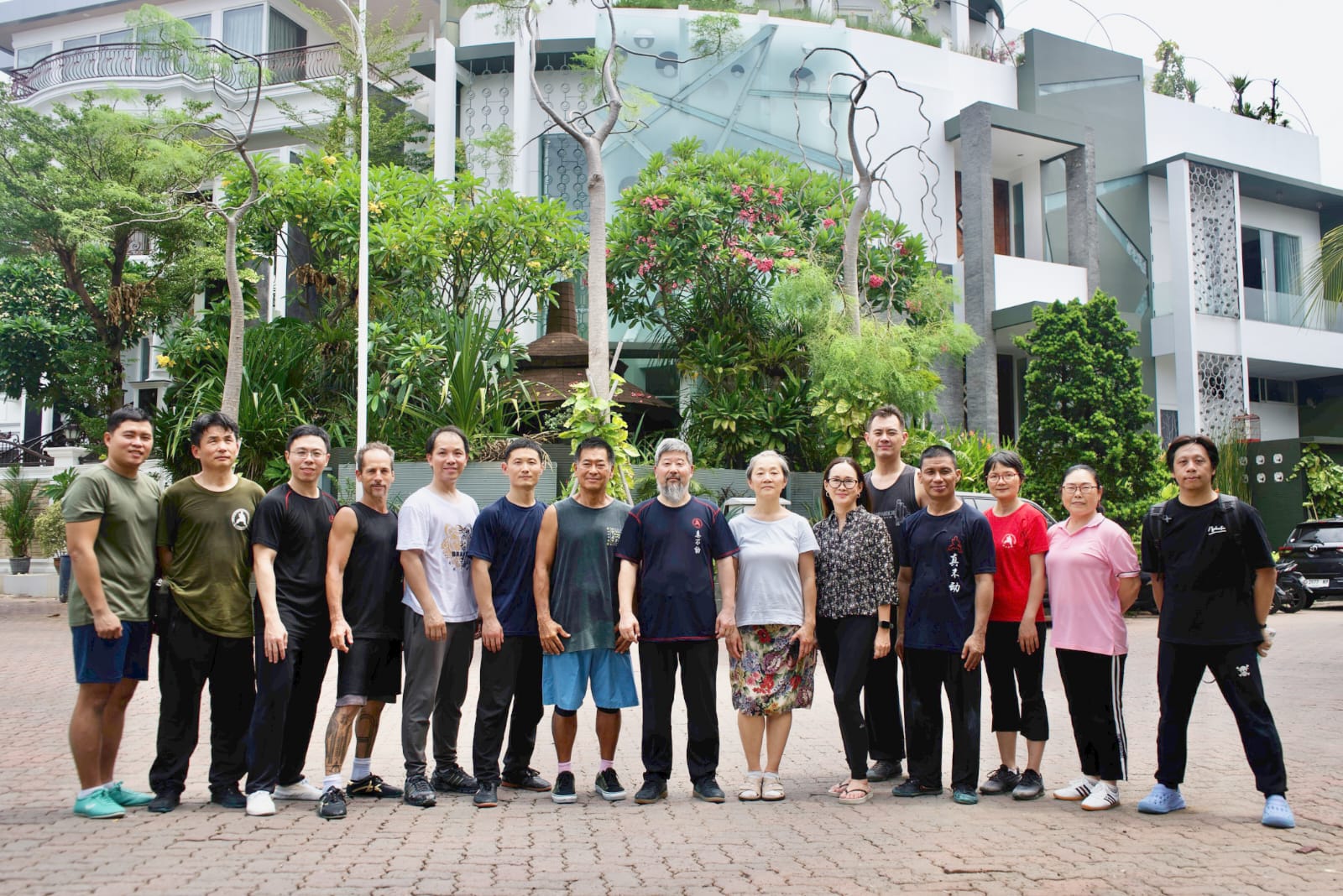

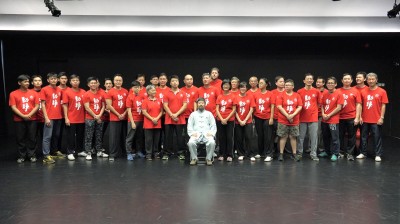
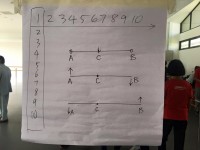
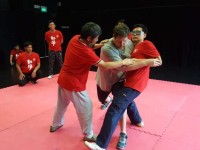
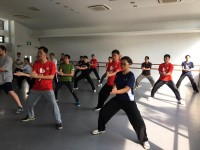
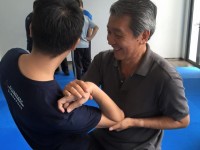
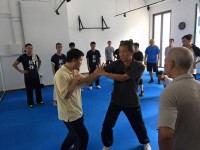
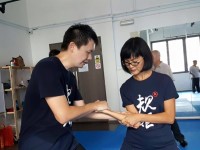

 Thanks to Singapore students who recorded the videos.
Thanks to Singapore students who recorded the videos.
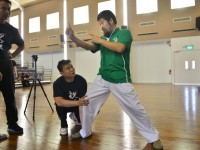
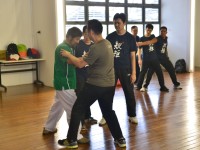
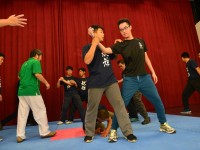
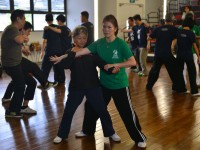
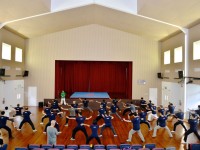
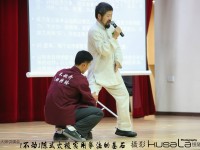
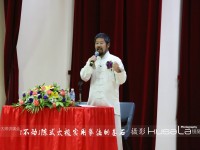
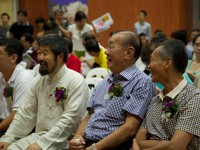
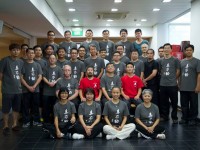
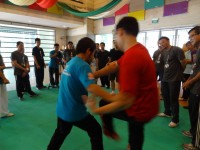
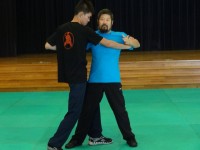
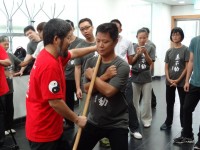
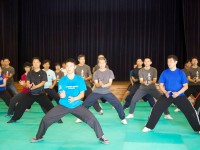
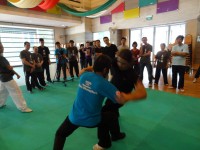
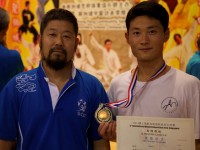
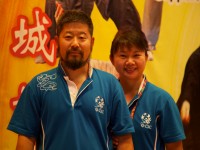
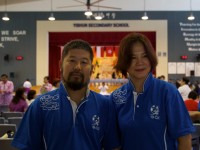
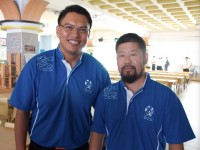

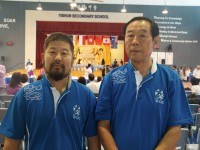
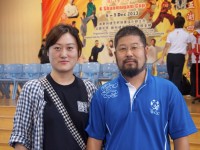
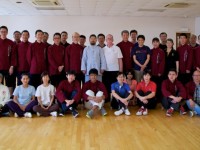
 I have been practicing Cheng Man Ching 37 style for 2 years, and in 2010 Apr, I started learning Chen Style Taiji in Singapore. After 3 months, I walked away feeling frustrated as I realized that what I learnt was “flower punch”. Nothing more than moving and waving my hands in the air. I didn’t give up and searched further on the internet brought me to a direct lineage from one of the master from Chen Village. I told myself, this teacher cannot be wrong. I signed up a 3 months course.
I have been practicing Cheng Man Ching 37 style for 2 years, and in 2010 Apr, I started learning Chen Style Taiji in Singapore. After 3 months, I walked away feeling frustrated as I realized that what I learnt was “flower punch”. Nothing more than moving and waving my hands in the air. I didn’t give up and searched further on the internet brought me to a direct lineage from one of the master from Chen Village. I told myself, this teacher cannot be wrong. I signed up a 3 months course. 
